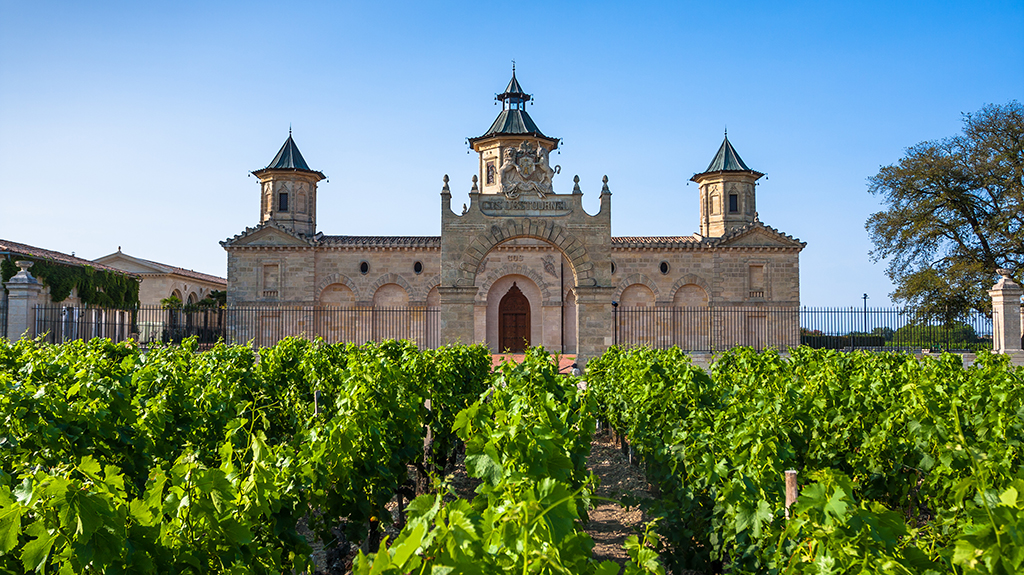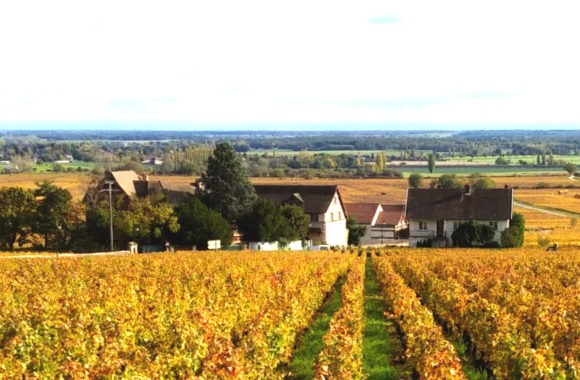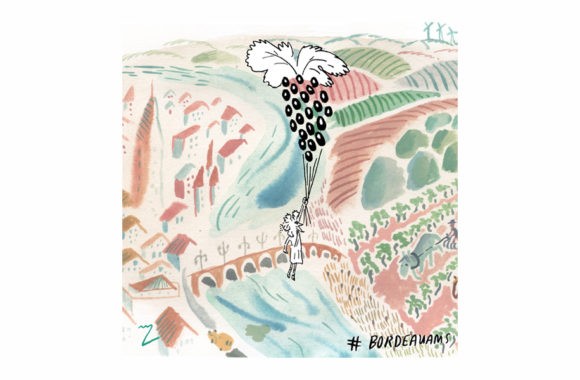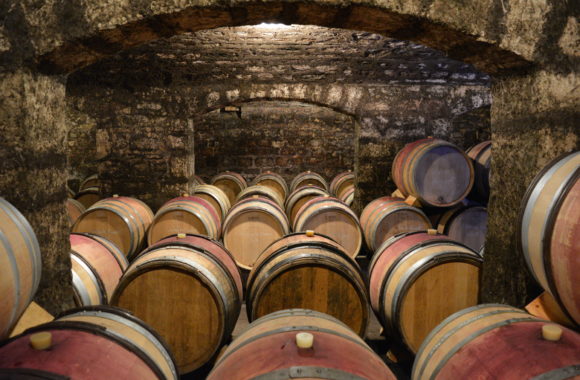
Bordeaux 2021 vintage report
· Martin Tickle Martin Tickle on
Not the vintage of the century, rather a vintage from the last century…
The 2021 vintage
The 2021 European harvest was born under literal and figurative storm clouds with France, Spain, and Italy reporting losses of approximately 2.2 billion litres of wine production to the weather-related factors of frost, hail, and mildew. France faced its smallest harvest for decades, with almost 30% less production than 2020. Many commentators had seemingly written off the vintage before it was even in barrel, but small volumes don’t necessarily correspond to poor quality
For Bordeaux, the vintage is defined by two opposing climatic factors:
1) Tumultuous weather conditions during the first half of the year, with frost, heavy rainfall, and cooler than average summer temperatures. A warm winter and early spring prompted early budbreak, which resulted in vines that were vulnerable to frosts, and May and June saw downpours of rain which created significant mildew pressure.
2) An extraordinary end to the growing season, when the sun finally made an appearance in late August and an anticyclone weather system brought calm, fine weather to what had been chaotic conditions. Doom-mongering meteorologists forecast storms at the end of September into October, but these largely didn’t materialise and those who were prepared to ride out the weather were rewarded with grapes attaining full ripeness and the choice of when to pick in late September for Merlot and October for Cabernet Sauvignon.
The white wines
Forgive me for clutching at straws, but 2021 is shaping up to be a superb vintage for both dry and sweet white Bordeaux. Unlike in the previous three vintages where Sauvignon Blanc and Sémillon grapes were harvested in August in a bid to retain freshness, the cool summer of 2021 allowed them to ripen in September and the best wines have wonderful freshness, purity, and aromatic brilliance. With 80% reductions in volumes in the Côte de Beaune in 2021, there has never been a better time to (re)discover white Bordeaux and replenish pandemic-pillaged cellars.
Sauternes and Barsac weathered the storms to produce superb sweet wines, which have sadly been produced in absurdly miniscule quantities. The lowest yield we heard of was at Suduiraut, who reported yields of one hectolitre per hectare. By my reckoning that translates into approximately 15ml of wine per vine. These producers wouldn’t survive without the financial muscle of their owners, but the wines wouldn’t be made without the bloody-minded determination of those in the vineyards and in the cellars.
The red wines
As my opening line alludes to, anyone who has enjoyed the unique pleasures of mature claret from the 1990s, 1980s, or further back will find much to appreciate in the best châteaux of Bordeaux in 2021. This is a vintage without the fruit sweetness, opulence, and alcohol of the trio of vintages that preceded it. What we have is wines of moderate alcohol levels in the range 12.5% to 13.5%, fresh in fruit character and chiselled in structure. Winemaking in Bordeaux has never been better, and these wines would have been impossible to produce by the previous generation. Bordeaux is fundamentally a maritime climate, and these wines speak of the influence of the Atlantic Ocean, with bracing, lively freshness and often a salty tang on the finish. 2021 was not a vintage to follow the usual recipe, and the best wines have been made by those who adapted their approach to the challenging conditions.
Terroir and the people
“[Great wines] Have the face of the place where they were born and the guts of the fellow who made them”
Jacques Puisais, Académie du vin de France
Terroir has always been inextricably linked with the people who farm the land and produce the wines. In 2021 this symbiosis is clearer than ever, and it is as much a vintage of the people as it is a vintage of the land. The greatest terroirs are naturally better equipped to deal with the challenges of the vintage, but it is a vintage defined by people who had the skill, tenacity, and resources to act decisively and consistently throughout the year. The level of vineyard work that needed to be done throughout the year was unprecedented, with all hands-on deck and a relentless schedule of early mornings, late nights, and weekend work. There is also another element in 2021, that of luck. You can’t factor in a tractor breaking down just as you need to use it, but you can choose to resist the pressures to pick in the face of a storm that didn’t eventually materialise.
Conclusions and our top wines
2021 is a heterogenous vintage, which can’t be pigeon-holed in terms of a Left Bank or Right Bank vintage, or a Cabernet Sauvignon or Merlot vintage. It’s an excellent white vintage but there are also reds that in some cases match those of the previous three vintages, but in a very different style and structure. It’s difficult to label a vintage as classic without damning it with faint praise, but the best 2021s are modern classics, or perhaps better expressed as examples of positive modernity. Wines can be balanced at 14%-15% alcohol, but the 2021s are balanced at 12.5%-13.5% alcohol. They offer a clear point of difference to the vintages that immediately precede them, they won’t require an age to mature in the cellar, and they are sure to bring a smile to the faces of those who secure them En Primeur when corks are pulled in 7-10 years’ time and beyond.
A cautionary note on production, we can’t escape the realities of the small volumes mentioned at the start. The best wines have largely been produced with smaller quantities from mother nature and severe selection in the winery, and we expect quantities released to be down on previous years. Early indications are that it will be a brisk campaign; we’ve already started to see releases of Cru Bourgeois properties, and we expect to see the first major releases the week of the 23rd May.
Saint-Estèphe
Best wines: The Second Growth trio of Montrose, Calon-Segur, and Cos d’Estournel are all giving the First Growths a run for their money
Best value: Ormes de Pez, Lafon Rochet, Capbern
Pauillac
Best wines: Lafite Rothschild, Mouton Rothschild, Pichon Baron, Lynch Bages
Best value: Grand Puy Lacoste, Batailley, Haut-Batailley
Saint-Julien
Best wines: Léoville Las Cases, Léoville Barton, Léoville Poyferre, Ducru Beaucaillou
Best value: Langoa Barton, La Croix de Beaucaillou, Le Petit Lion, Gloria
Margaux
Best wines: Ch. Margaux, Brane-Cantenac, Palmer, Rauzan-Segla
Best value: Durfort Vivens, Giscours, d’Issan
Pessac-Léognan
Best wines: Haut-Brion, La Mission Haut-Brion, Domaine de Chevalier, Smith Haut Lafitte, Haut-Bailly
Best value: Malartic-Lagravière, Haut-Bailly II
Saint-Émilion
Best wines: Ausone, Cheval Blanc, Figeac, Angelus, Pavie, Belair Monange, Troplong Mondot, Canon
Best value: La Gaffeliere, Le Prieure, Laroque, Peymouton
Pomerol
Best wines: La Conseillante, L’Eglise Clinet, L’Evangile, Vieux Château Certan, La Fleur-Pétrus
Best value: Vray Croix de Gay, Nenin, Lagrange, Domaine de l’Eglise
Dry whites
Best wines: Smith Haut Lafitte, Domaine de Chevalier, Pape Clement, La Clarté de Haut-Brion
Sauternes & Barsac
Best wines: Suduiraut, Coutet, Clos Haut-Peyraguey, Lafaurie Peyraguey
If you would like to be added to our Bordeaux En Primeur mailing list and receive the latest updates from the 2021 campaign, please email enprimeur@jeroboams.co.uk







